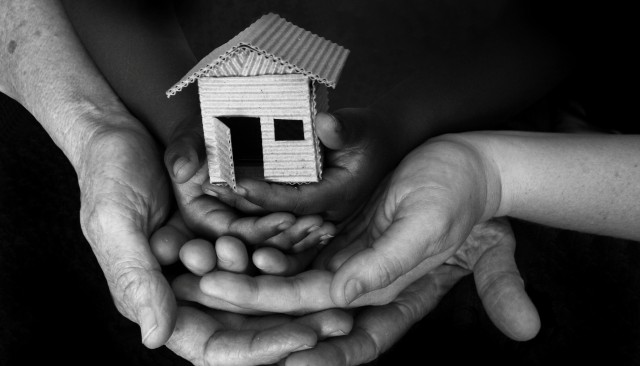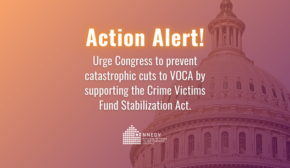Home safe and sound: the housing needs of domestic violence victims
December 22, 2014
This article originally appeared in the Mediaplanet “Violence Prevention” campaign in the Los Angeles Times. Through this campaign, industry advocates and leaders came together to discuss the root of violence in its various forms, as well as what we can do as a nation to put an end to it — today. The campaign was distributed through the Los Angeles Times on December 19, 2014 and is also published online.
How many times have you heard or asked this question in relation to domestic violence: “Why doesn’t the victim just leave?” This question assumes that there is a “somewhere-else-to-be.” Sadly, the barriers survivors face when leaving often mean this mythical “place-to-go” is non-existent, thus forcing survivors to choose between continued abuse and homelessness.
Survivors and their children flee their homes – often in the middle of the night with nothing more than a few belongings – and need a safe place to find refuge and then permanent housing where they can raise their children free from violence. Yet, when survivors do summon the courage to leave, they are not always met with open doors. Domestic violence shelters are often full – on just one day in 2013, 5,778 requests for shelter and housing were denied due to a lack of resources – and many other resources unavailable or out of survivors’ reach.
More than 90% of homeless women have experienced severe physical or sexual violence, and more than half of homeless women report that domestic violence was the immediate cause of their homelessness. Domestic violence is serious and dangerous: in the United States, on average three women are killed every day by a former or current intimate partner.
Survivors also encounter many economic barriers that challenge so many in this nation – lack of affordable housing in their communities, limited safety net options, unemployment and a lack of available living-wage jobs, lack of transportation, and limited child care options. Compounding this issue, many abusers tank survivors’ credit scores and finances, sabotage job opportunities, and create other economic constraints that mean a survivor can’t simply move to a new home. In some cases, survivors are even evicted or denied housing because of the violent and criminal actions of an abusive partner! The deck is stacked and yet we assume it is easy.
To clear the pathway to freedom, we need to increase the availability of affordable housing promote flexible systems that truly support the courageous women who flee violence and enforce anti-discrimination laws like the Violence Against Women Act (VAWA),the Fair Housing Act, and other state laws to ensure that no survivor is evicted because of the perpetrator’s actions. Solutions must include a range of options such as domestic violence shelters, transitional housing and through rental vouchers/assistance and mortgage assistance sustain a permanent home, as well as available federal subsidized housing. All across the nation, domestic violence programs are poised to provide many of these options, along housing advocacy and confidential services to help survivors heal from the trauma of abuse but, they need to be adequately funded.
We need to stop flippantly suggesting that survivors “just leave.” Instead, we need to collectively break down barriers, make addressing domestic violence a national priority, and urge our elected leaders to do the same.
By Monica McLaughlin, Deputy Director of Public Policy at NNEDV






